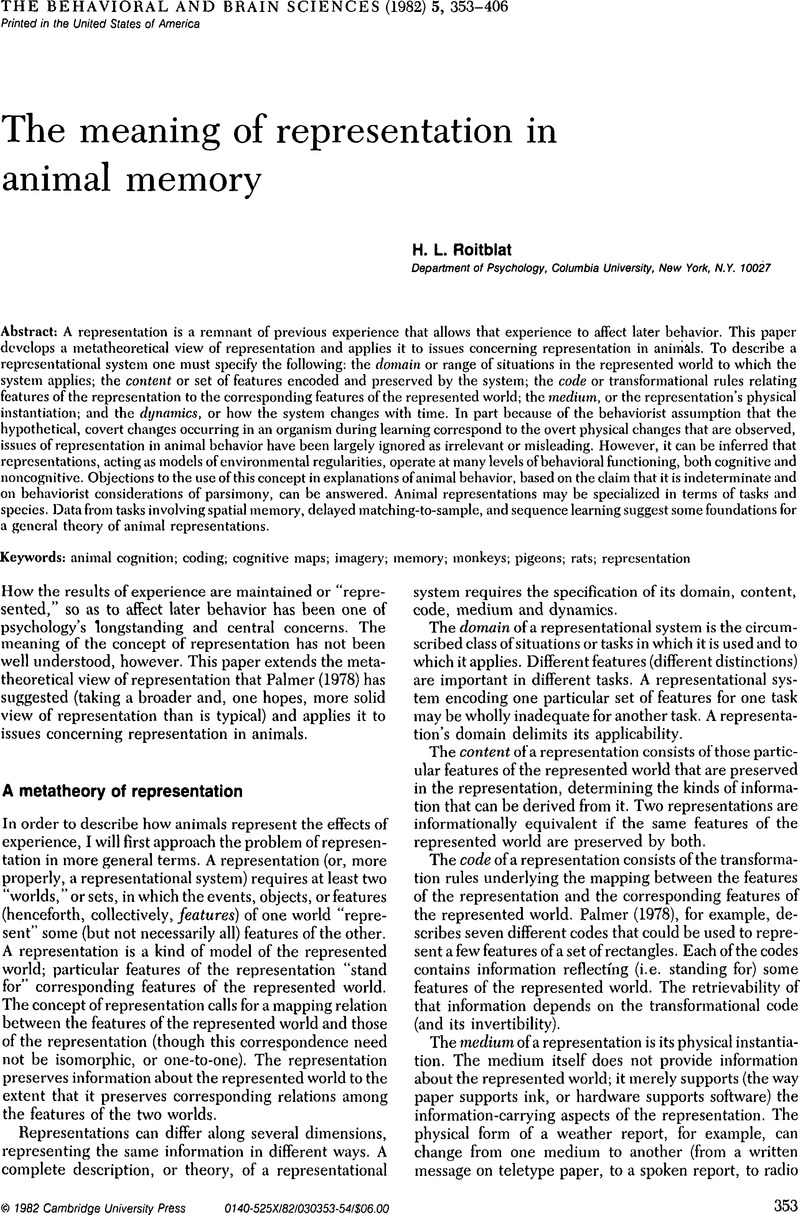Crossref Citations
This article has been cited by the following publications. This list is generated based on data provided by Crossref.
Roitblat, H. L.
Pologe, Bennett
and
Scopatz, Robert A.
1983.
The representation of items in serial position.
Animal Learning & Behavior,
Vol. 11,
Issue. 4,
p.
489.



